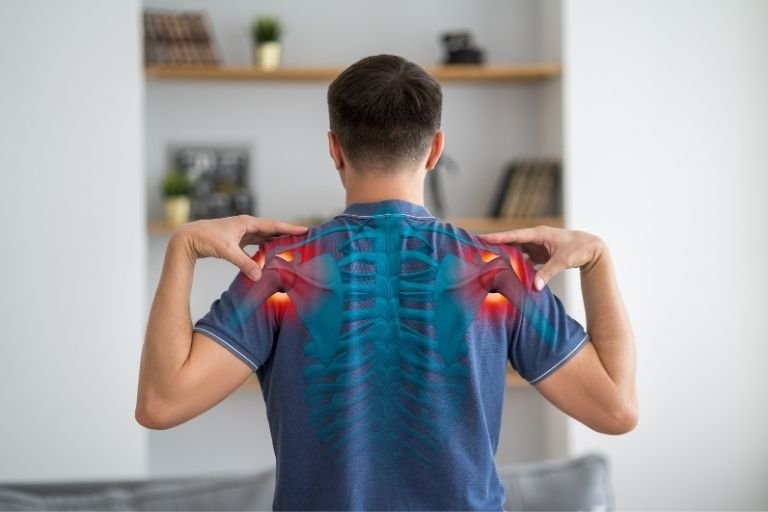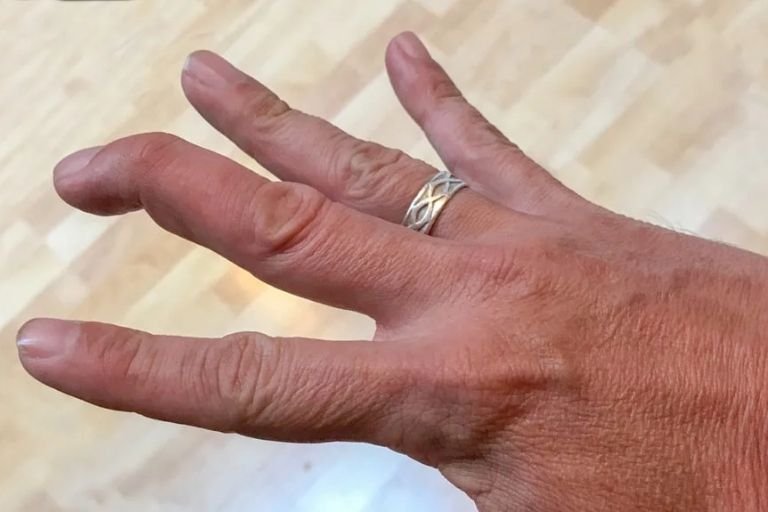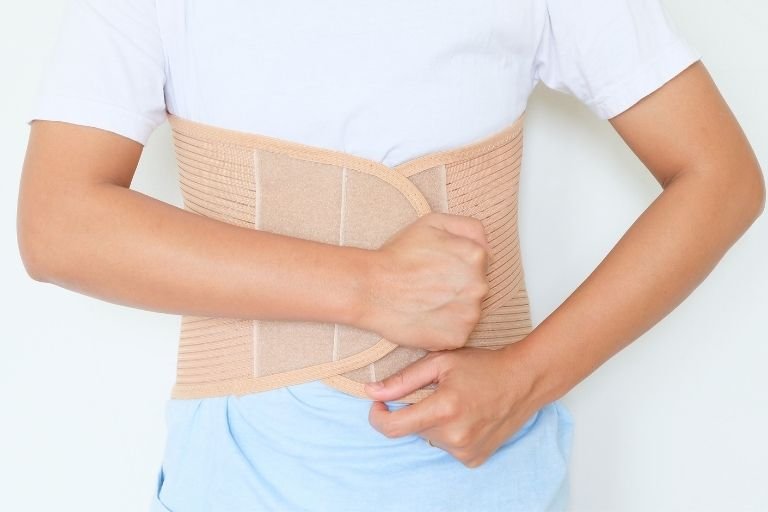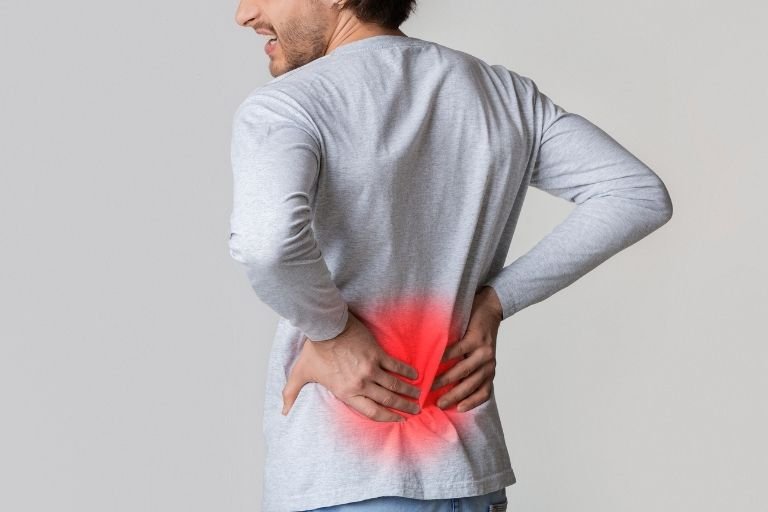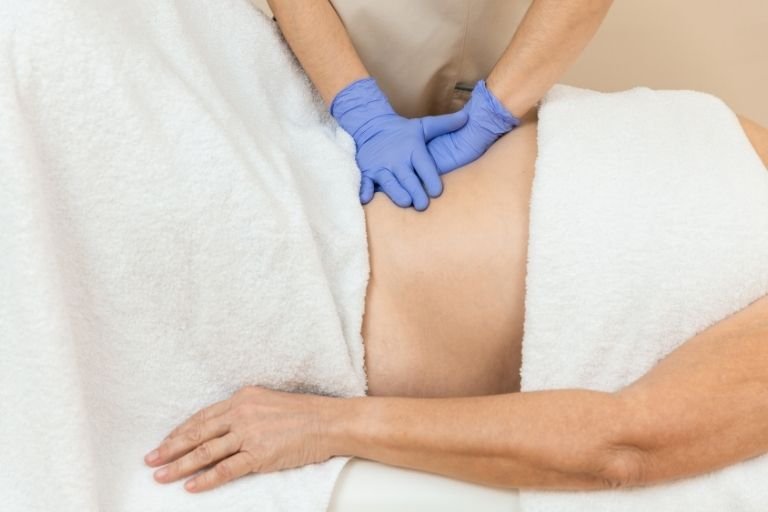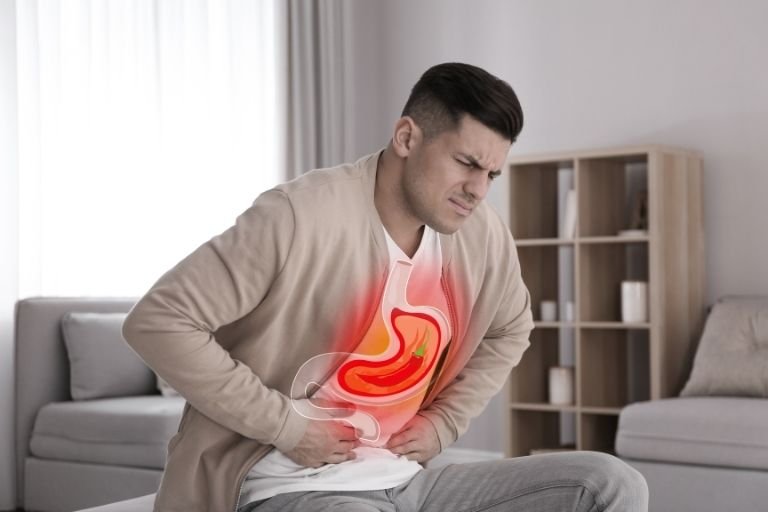- Fitwell Physiotherapy
Bursitis & Tendonitis

Bursitis and tendonitis are common musculoskeletal conditions that can cause pain and discomfort, often affecting the joints and surrounding tissues. While they share similarities in symptoms and treatment, they involve different structures in the body.
Please submit your details below.
Symptoms:
Both conditions can cause similar symptoms, including:
- Pain: Typically localized to the affected joint or tendon.
- Swelling: Inflammation of the bursa (small sacs filled with fluid) or tendon sheath.
- Tenderness: Feeling tender to the touch around the affected area.
- Limited Range of Motion: Difficulty moving the joint or affected limb.
- Warmth: The affected area may feel warm to the touch due to inflammation.
- Redness: Inflammation may cause redness in the affected area.
Causes:
Bursitis and tendonitis can be caused by various factors, including:
- Overuse: Repetitive movements or overloading of a joint or tendon.
- Injury: Direct trauma or sudden force applied to the joint or tendon.
- Poor Posture: Incorrect posture during activities can strain joints and tendons.
- Age: As we age, tendons and bursae may become less flexible and more prone to injury.
- Systemic Diseases: Conditions like rheumatoid arthritis or diabetes can increase the risk of developing bursitis or tendonitis.
When to See a Physiotherapist:
It’s advisable to consult a physiotherapist if you experience persistent pain, swelling, or limited mobility in a joint or tendon. A physiotherapist can assess your condition, provide a diagnosis, and develop a personalized treatment plan to help alleviate symptoms and prevent recurrence.
Risks:
Ignoring symptoms of bursitis or tendonitis can lead to complications such as chronic pain, reduced mobility, and even tendon rupture in severe cases. Continuing to engage in activities that aggravate the condition can worsen inflammation and prolong recovery.
How to Prevent:
Preventing bursitis and tendonitis involves adopting healthy habits and practices, including:
- Proper Warm-up: Always warm up before engaging in physical activity to prepare muscles, tendons, and joints.
- Gradual Progression: Increase the intensity and duration of exercise gradually to avoid overuse injuries.
- Correct Technique: Use proper technique and form during activities to minimize strain on joints and tendons.
- Rest and Recovery: Allow adequate rest periods between activities to give your body time to recover.
- Protective Gear: Use appropriate footwear and protective gear during sports and activities to reduce the risk of injury.
Treatments:
Treatment for bursitis and tendonitis typically involves a combination of rest, ice, compression, and elevation (RICE), along with other interventions such as:
- Physical Therapy: Exercises to strengthen muscles, improve flexibility, and correct imbalances.
- Medications: Nonsteroidal anti-inflammatory drugs (NSAIDs) or corticosteroid injections to reduce pain and inflammation.
- Splinting or Bracing: Immobilization of the affected joint or limb to promote healing.
- Therapeutic Modalities: Modalities such as ultrasound or electrical stimulation may be used to reduce pain and promote tissue healing.
- Surgery: In severe cases where conservative treatments fail, surgical intervention may be necessary to repair damaged tendons or remove inflamed bursae.
In conclusion, bursitis and tendonitis are common conditions that can cause pain and discomfort in the joints and surrounding tissues. Early intervention with a physiotherapist, along with appropriate self-care measures and lifestyle modifications, can help manage symptoms and prevent complications.
Frequently Asked Questions
Related Conditions
How Fitwell Physiotherapy Can Help?
Dr. Richa’s Fitwell physiotherapy has an extensive team of physiotherapists all within their own specialist areas of physiotherapy. Whatever your condition, we guarantee that we will have the best physiotherapist for you. We assess, diagnose, plan, cure and care for you.
Fitwell Physiotherapy Clinic, Pune provides you best physiotherapy treatment in Kharadi, pune. We also serve Chandan Nagar, Vadgaon Sheri, Keshav Nagar, Wagholi & nearby Areas in Pune. We are experts in treating Neck Pain, Hand Pain, Back Pain, Lower Back Pain, Knee Pain, Stiff Neck, Sciatica, Arthritis, Stroke Paralysis & Post Surgical Rehab.
We provide Specialized physiotherapy treatments in Sports Injuries, Pre and post Surgery, Neurologic, Pediatric, Chronic Pain/Fatigue, Rheumatology, Women’s Health, Men’s Health, Ergonomics, Vestibular, Amputees & all sort of Pain treatment and lifestyle conditions.






















